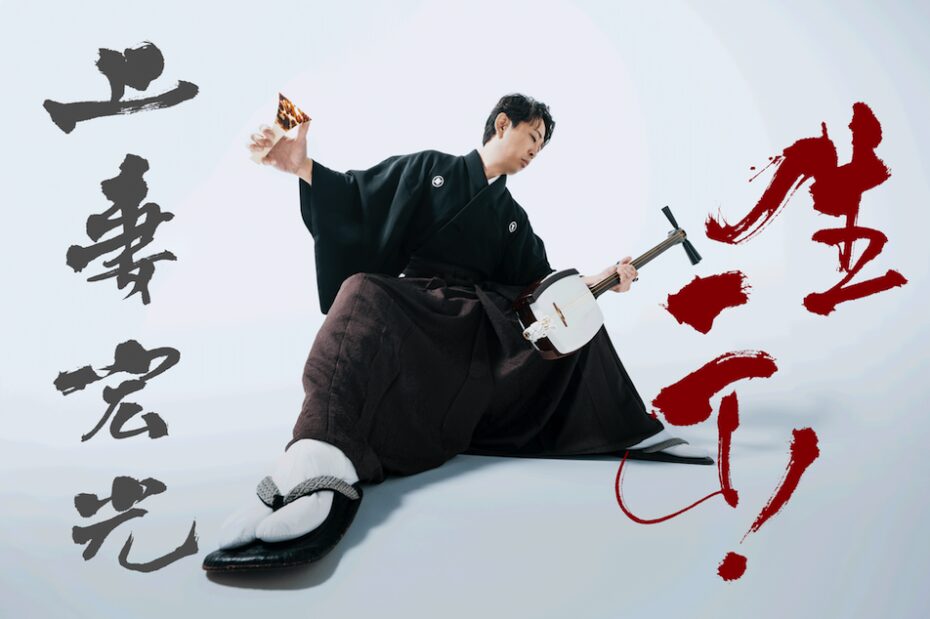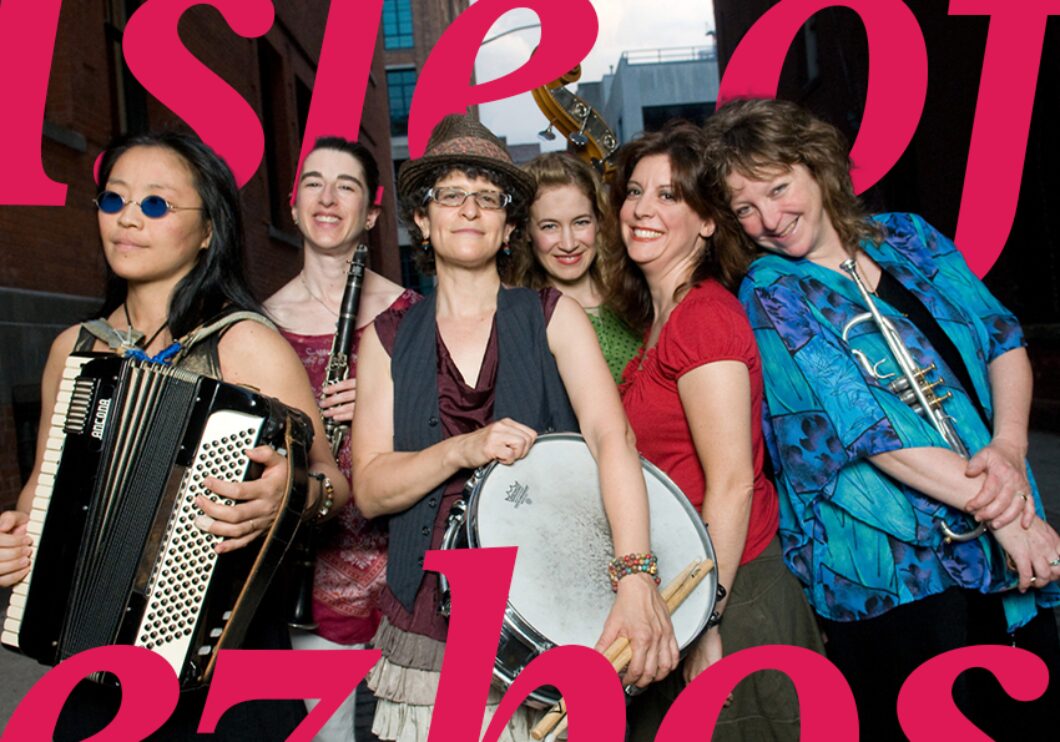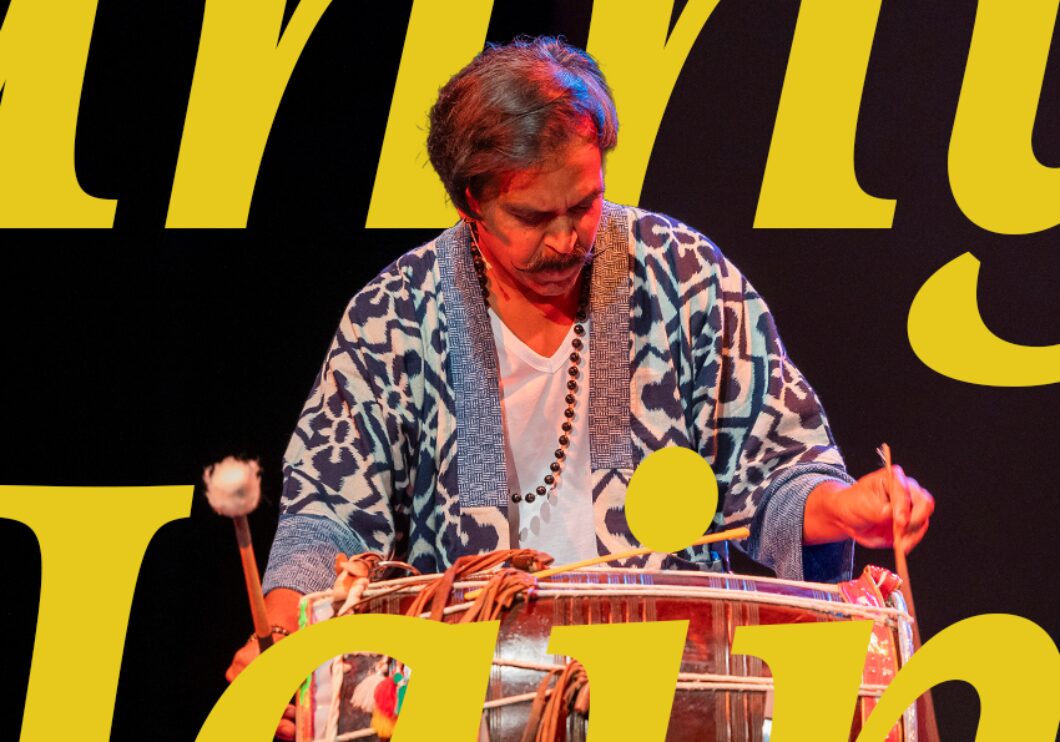Description
Hiromitsu Agatsuma Shamisen Concert
NAMA-ITCHO!
Witness the first-ever NAMA-ITCHO! New York concert by Hiromitsu Agatsuma, one of the
leading masters of Tsugaru Shamisen. Celebrating 25 years since his professional solo
debut, this special performance offers a rare opportunity to experience the depth and
tradition of Japanese music in a contemporary setting.
Tsugaru Shamisen: A Tradition Reimagined
The Tsugaru shamisen is known for its powerful sound and unique, expressive playing style. Its origins trace back to the late Edo to early Meiji period, beginning with a performance practice called kadotsuke, where musicians would play the shamisen and sing in front of homes in exchange for money or food.
From Niigata, blind female musicians known as goze traveled while performing kadotsuke and eventually made their way to the Tsugaru region of Aomori Prefecture. There, they began to form folk music troupes incorporating singing and dancing, and these performances soon spread to other areas.
Originally used as an accompaniment instrument, the shamisen began to captivate audiences through maebiki—ad-libbed preludes to songs—and gradually gained recognition as a solo instrument. Today, performances of traditional instruments like the shamisen are often mediated through electronic equipment, and opportunities to hear their natural acoustic sound (namaoto) have become increasingly rare.
Hiromitsu Agatsuma, while exploring the possibilities of evolving the shamisen through fusion with Western instruments, remains deeply rooted in its history. Committed to preserving its pure acoustic sound, he has undertaken this tour, which has exceeded 150 performances since it began in 2001.
Performers:
Hiromitsu Agatsuma (Tsugaru shamisen) with special guest Hikaru Tamaki (cello)
ARTIST BIO: Hiromitsu Agatsuma
Hiromitsu Agatsuma began studying the Tsugaru Shamisen at the age of six. Since his early childhood, he frequented various shamisen competitions and won many prizes, subsequently receiving high recognition in the field of traditional Japanese music. His reputation grew as he ventured out into other genres of music such as jazz and rock.
In 2001, he made his major debut with EMI Music Japan with an eponymous album, “AGATSUMA”. It was named the Traditional Japanese Music Album of the Year at the 16th Japan Gold Disc Awards. His second album, “BEAMS~AGATSUMA II” released by Doom Records in the US, led him to a successful tour of the East Coast.In 2010, an extensive tour took the unit to nine different countries in Japan, Europe and Africa.
In 2014, he composed and performed Danjuro Ichikawa’s Kabuki production. It was unprecedented for a Kabuki stage to have a Tsugaru shamisen. At “Expo 2017 Astana” in July of that year in Kazakhstan, he produced and performed a concert at the Japan Pavilion to introduce Japanese culture to the world. He had the privilege of representing Japan and performing at the official dinner for TOKYO 2020 and the 5th Tokyo International Conference on African Development, both hosted by Prime Minister. He also makes a great effort to pass the culture down to the next generation, and visits elementary schools all over Japan to teach the children how fun Japanese traditional music can be.
He has performed in more than 35 countries around the world, including the USA, EU, and Africa, and has performed with Herbie Hancock, Marcus Miller, and others. Hiromitsu Agatsuma is a leader of the new generation shamisen players.
Hikaru Tamaki, cello
Hikaru Tamaki concertizes regularly as a soloist, chamber musician and orchestral player
in the US and Japan. He served as the principal cellist of the Fort Wayne Philharmonic and
was a member of the Freimann String Quartet from 2001 until 2013. Solo performances
with the Fort Wayne Philharmonic have included numerous major concertos in the cello
repertoire. Tamaki was a prizewinner in the prestigious All Japan Viva Hall Cello
Competition in 2000. During his annual visits to Japan, he has given solo performances,
lecture concerts and chamber concerts. He was a member of the Arcadia Piano Trio and
performed together with them at various venues in Japan and the U.S., including the United
Nations. He has given a lecture concert at Gakushuin Women’s College in Tokyo, and his
activities have been featured in the media such as the Yomiuri and Kyoto Shinbun
newspapers. In 2008, he released his first solo album, which includes the works of J.S.
Bach and Toshiro Mayuzumi. From 2016, he has served as the principal cellist of the
Berkshire Opera Festival and is also a member of the Albany Symphony Orchestra and the
Allentown Symphony Orchestra. He has performed in such venues as Carnegie Hall,
Symphony Space, Town Hall and Fisher Performing Arts Center. He also performs regularly
with Yoko Reikano Kimura (koto/shamisen) under the moniker Duo YUMENO, and they were
awarded the Chamber Music America Classical Commissioning Program grant in 2014,
and received the Aoyama Baroque Saal Award in the following year. Born in Kyoto, Tamaki’s
studies in Japan were with Noboru Kamimura and Peter Seidenberg. Studies in the United
States began at the Eastman School of Music, where he was named a George Eastman
Scholar, and continued at Rice University and Northwestern University for his graduate
degree. His teachers were Paul Katz and Hans Jorgen Jensen.
Theatre
Leonard Nimoy Thalia
Expected Run Time is 105 minutes



